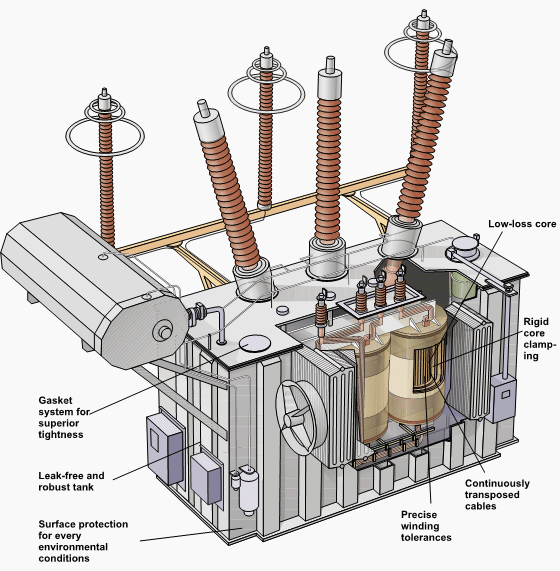Project Report For Transformer Parts and Accessories
Introduction
Project report for transformer parts and accessories is as follows.
An electrical device known as a transformer uses electromagnetic induction to transfer electrical energy from one circuit to another (also called transformer action). It is employed to increase or decrease AC voltage. These are a transformer’s fundamental parts.
Explosion vent, Laminated Core, Insulating Materials, Transformer Oil, Tap Changer, Oil Conservator, Breather All transformers contain the laminated soft iron core, the winding, and the insulating material, however the remaining components are only visible in transformers with a capacity of more than 100 KVA.
We provide to manufacture all different types of metal parts for distribution and power transformers in all sizes and quality ranges, including IS and Non IS.

A transformer is a device that uses the electromagnetic induction principle to transmit electrical energy from one electrical circuit to another without changing frequency. It is frequently referred to as the static transformer because of its fundamental design, which has no moving parts.
It is an extremely durable machine that requires little upkeep and repair. All large transformers (250 kva and up) used in producing stations and substations for transforming the voltage at either end of a power transmission line fall under this umbrella term. With a voltage rating of 220/11kv or more, they could be single- or three-phase. They are kept operational around-the-clock.
Iron loss occurs continuously in such a transformer, whereas copper loss only happens when they are loaded. Over 2% of GDP is contributed by the electric equipment business, and that percentage is expected to rise to about 12% in 2017.
Electrical equipment consumption is predicted to grow from about USD 28 billion presently to USD 363 billion throughout that time, growing at a CAGR of about 30%. The industry for electrical equipment and accessories can be largely divided into I generation equipment, (ii) transmission equipment, and (iii) distribution equipment due to its highly diverse content.
Project Report Sample On Transformer Parts and Accessories
Get Completely Custom Bankable Project Report
The Power Ministry reports that the power industry has committed Rs. 2,240 bn in investments for the construction of power plants with 70,000 MW capacities over the next three years. As a result, this initiative presents a fascinating opportunity to you as an entrepreneur.
Vijay Electricals, BHEL, EMCO, Indo Tech Transformers, Kirlosker Electric Co., and Kanohar Electricals are a few of the major Indian companies. Market Prospects According to estimates, India’s transformer market is worth around Rs 12,000 crores, with power transformers accounting for 45% of that total and distribution transformers for the remaining 55%.
The transformer market in India is largely unstructured, with a large number of small players serving the niche distribution transformer sectors.
Market Potential Of Transformer Parts And Accessories
The global transformers market was valued at $13.7 billion in 2015 and is projected to increase at a CAGR of 8.6% from 2015 to 2022 to reach $24.4 billion. Power rating, mounting style, phase, and insulating type are the market segments used to divide the distribution transformer market. In the insulation type segment’s subsegment, the liquid immersed type transformer retained the lion’s share of the market in 2015.
Expenses

Product Cost Breakup

Reveneue Vs Expenses

Market Trend

A transformer is a device that uses the electromagnetic induction principle to transmit electrical energy from one electrical circuit to another without changing frequency. It is frequently referred to as the static transformer because of its fundamental design, which has no moving parts.
It is an extremely durable machine that requires little upkeep and repair. All large transformers (250 KVA and up) used in producing stations and substations for transforming the voltage at either end of a power transmission line are referred to by this word. With a voltage rating of 220/11kv or more, they could be single- or three-phase. They are kept operational around-the-clock.
In such a transformer, copper loss only occurs when they are loaded, whereas iron loss occurs continuously. The industry of electric equipment currently contributes more than 2% of GDP, and in 2017 that amount is anticipated to reach over 12%.
The estimated period is expected to see an increase in the use of electrical equipment at a CAGR of around 30%. Due to its extremely diversified content, the industry for electrical equipment and accessories can be broadly separated into I generating equipment, (ii) transmission equipment, and (iii) distribution equipment. According to the Power Ministry, during the next three years, the power industry plans to invest Rs. 2,240 billion in the development of power plants with 70,000 MW capacities.

